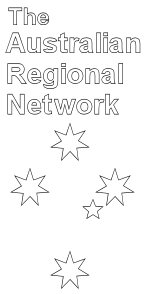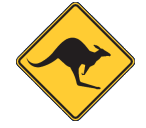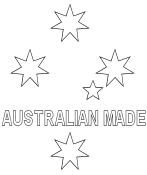Jurien Bay Local History
Jurien Bay is a small coastal town located in the Wheatbelt region of Western Australia. The area was traditionally inhabited by the Nanda Aboriginal people for thousands of years before European settlement.
The first Europeans to explore the area were French explorers, Louis de Freycinet and Francois Peron in 1801. They named the bay after Charles Marie, Vicomte de Jurien, a politician and naval officer in France. However, it was not until the late 19th century that permanent European settlement began in the area.
In 1875, the government surveyed the area and offered land for agricultural purposes. This attracted farmers and various industries such as fishing and crayfishing, which became the main economic activities of the town.
During World War II, Jurien Bay was used as a training base for the Australian Army. The area was heavily fortified with gun emplacements, barbed wire and trenches, as there were fears of a Japanese invasion. Barracks were built for the soldiers and the surrounding area was used for live firing exercises.
In the 1950s, Jurien Bay became a popular holiday destination, with people flocking to the area for fishing, swimming and surfing. The opening of the Indian Ocean Drive in 2010 has made it easier for tourists to access the town.
Today, Jurien Bay is a thriving coastal town with a population of around 1700 people. The town has a range of facilities including a school, shops, cafes, a library and a medical centre. It is also home to the Jurien Bay Marine Park, which covers an area of 100,000 hectares and is home to a rich diversity of marine life, including dolphins, sea lions and whales.
In recent years, the town has undergone significant development, with new subdivisions and residential areas popping up. However, the town has managed to preserve its natural beauty and continues to attract tourists from all over the world.


















